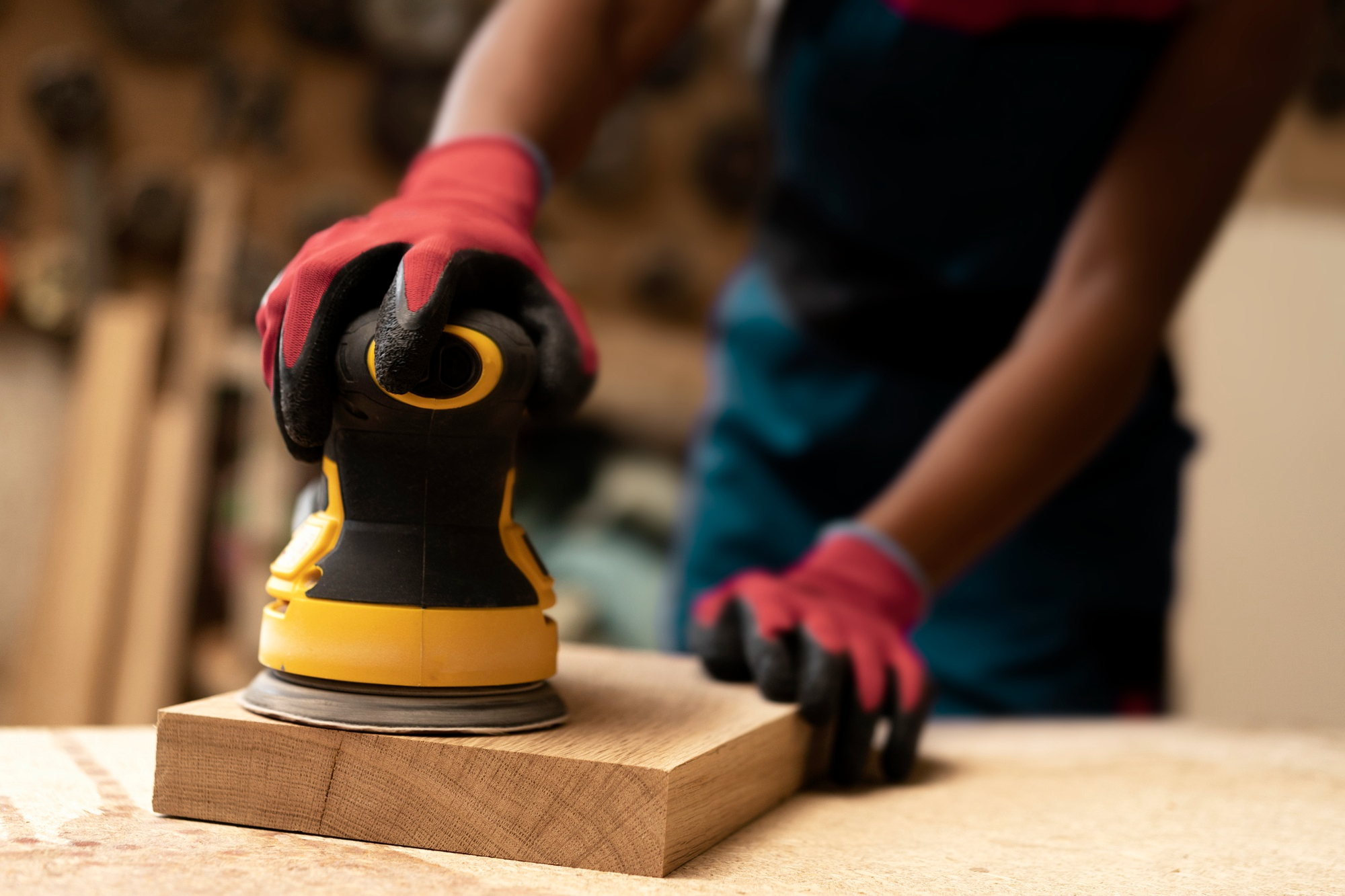When it comes to timber, few varieties capture the essence of nature as gracefully as pine. The pine timber has long been popular for various woodworking and construction projects. All thanks to its warm tones, distinctive grain patterns, and remarkable versatility.
Whether it’s furniture or garden buildings, pine wood possesses exceptional qualities. This blog post will unravel those secrets and discover what makes it a beloved choice.
Pine Timber
Wood pine refers to the wood obtained from various species of pine trees. It is prized for its excellent properties and widespread availability. What’s more, it has been utilised for construction, carpentry, and artistic endeavours.
The characteristics of pine wood make it highly sought after. Its colour ranges from pale yellow to reddish-brown. It displays knots and grain patterns that add rustic charm to finished projects.
As a softwood, Pine timber strikes a balance between strength and weight. This quality possesses moderate density that allows for ease of handling and processing. Different species of pine trees contribute to the timber industry, to add. This includes Eastern White Pine, Southern Yellow Pine, and others.
Properties and Advantages of Wood Pine
Pine timber boasts a remarkable combination of physical properties. This makes it highly desirable in woodworking and construction.
Despite its lightweight nature, wood pine exhibits impressive strength. Meaning it can withstand substantial loads and structural demands. This strength and its inherent durability ensure that it can endure the test of time.
One notable advantage of pine timber is its natural resistance to decay and insects. Its resinous nature acts as a deterrent to pests and helps protect against rot. This makes wood pine particularly suitable for both indoor and outdoor applications – such as timber decking and cladding.
Furthermore, the lightweight nature of pine enhances its versatility. Its low density facilitates ease of handling, cutting, and shaping. A big plus for a wide range of timber construction and carpentry projects!
In terms of affordability, wood pine presents a cost-effective option. Its widespread availability contributes to a competitive price point.
Another appealing aspect of pine timber is its ease of finishing and staining. The soft and porous nature of the wood allows it to absorb readily:
- stains
- varnishes
- paints
Wood pine offers versatility in achieving the desired aesthetic. Whether aiming for a natural, rustic look or a sleek, modern finish, you name it! No wonder why it’s a popular choice for DIY enthusiasts and professionals alike.
Common Uses of Pine Timber
Pine timber finds extensive application in both indoor and outdoor settings. When it comes to flooring, its durability and grain patterns make it an excellent option. It provides a timeless and character-filled foundation for a variety of interior designs.
Wood pine’s versatility extends to cabinetry and panelling as well. Its workability allows for intricate detailing and smooth finishes. Such characteristics make it ideal for cabinets, built-in bookshelves, and decorative wall panelling.
Pine is also used for framing structures, e.g., walls and roofs, due to its strength-to-weight ratio. Pine trusses and roofing battens provide structural support and stability. Meanwhile, the exterior siding made from pine offers durability and a pleasing aesthetic for buildings and for use in shed construction.
Pine also finds its place in crafting doors, windows, and mouldings. Its ability to hold intricate designs makes it suitable for these architectural elements.
With its vast array of applications, pine timber continues to captivate:
- builders
- artisans
- homeowners alike
Overall, it offers a natural and timeless touch to indoor and outdoor spaces.
Sustainability and Environmental Considerations
Pine stands out as a sustainable choice due to its renewable nature. Pine trees are known for their fast growth rate, typically reaching maturity in 25 to 30 years. This allows for relatively quick replenishment compared to slower-growing hardwood species. Overall, this ensures a steady supply of pine timber without depleting forests.
Responsible forestry practices play a crucial role in promoting sustainable pine timber harvesting. These practices include the following:
- Selective logging, where only mature trees are harvested
- Reforestation efforts to maintain a healthy and balanced ecosystem
Forest certification systems ensure that pine timber is sourced from sustainably managed forests. A great example is the Forest Stewardship Council (FSC).
In addition to its renewable attributes, pine wood products are recyclable and biodegradable. Waste and byproducts from the manufacturing process can be repurposed or recycled. At the end of their lifecycle, pine wood products naturally decompose.
Top tip: Invest in pine timber sourced from companies like TimberX that guarantee:
- responsibly managed forests
- supporting eco-certified products
In return, you can contribute to the preservation of natural resources. What’s more, to the promotion of sustainable practices.
Round-up
Wood pine stands as a versatile choice for various woodworking and construction projects. It has proven its worth throughout history. Its durability and workability make it ideal for furniture, flooring, cabinetry, and more. Moreover, pine’s sustainability and recyclability make it an eco-friendly option.
We offer versatile softwood timber suitable for a wide range of applications. Available in a variety of grades and sizes to accommodate different project requirements. Find the right softwood dimensions and grades to meet your specific needs!
